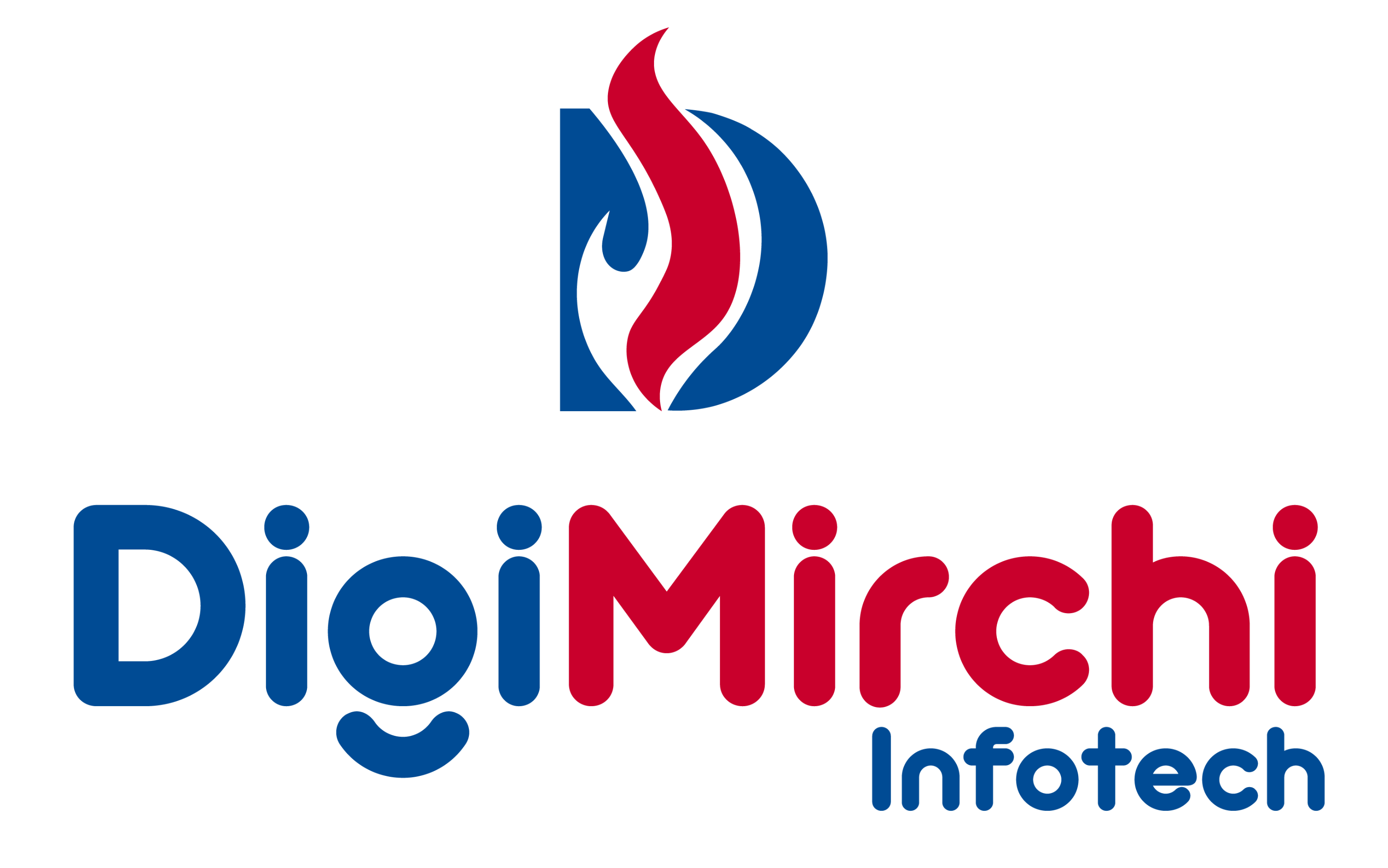Building a Strong Visual Foundation
Brand identity design is far more than creating a beautiful logo. It's the comprehensive visual language that communicates your brand's personality, values, and promise to the world. A well-crafted brand identity creates instant recognition, builds emotional connections, and differentiates your business in competitive markets. In today's visually saturated landscape, having a cohesive and strategic brand identity is not optional—it's essential for business success.
The most successful brands understand that every visual element works together as part of a unified system. From color choices to typography selections, from imagery style to graphic patterns, each component must align with the brand's core message and resonate with target audiences. This holistic approach to brand identity creates consistency across all touchpoints, strengthening brand recall and fostering customer loyalty.
The Logo: Your Brand's Visual Anchor
The logo serves as the cornerstone of brand identity, acting as the primary visual symbol that represents your entire business. An effective logo must be distinctive, memorable, scalable, and versatile enough to work across various applications—from business cards to billboards, from mobile apps to merchandise. The best logos achieve simplicity without sacrificing meaning, creating instant recognition while conveying brand essence.
When designing a logo, consider its longevity and adaptability. Avoid trendy design elements that may quickly feel dated. Instead, focus on timeless design principles that will serve your brand for years to come. Your logo should work equally well in full color, single color, and black and white. It must remain legible at tiny sizes on mobile screens and maintain impact when scaled up for large format applications. Test your logo across different backgrounds, contexts, and mediums before finalizing the design.
Color Palette: The Psychology of Visual Communication
Color is one of the most powerful tools in brand identity design, capable of evoking specific emotions and associations. Your brand color palette should consist of primary colors that define your main visual presence, secondary colors that provide flexibility and depth, and neutral colors that offer balance and readability. Each color choice should be intentional, reflecting your brand personality and appealing to your target audience's preferences and cultural contexts.
Consistency in color usage builds immediate brand recognition. Studies show that consistent color presentation across all platforms increases brand recognition by up to 80%. Document exact color values across different color systems—Pantone for print, RGB for screens, and CMYK for professional printing. Create clear guidelines for color combinations, ensuring that applications remain visually harmonious regardless of the designer or vendor executing the work.
Typography: The Voice of Your Visual Identity
Typography choices significantly impact how audiences perceive and interact with your brand. Your typographic system should include carefully selected fonts for headlines, body text, and supporting elements. These choices communicate personality—serif fonts often convey tradition and reliability, while sans-serif typefaces suggest modernity and clarity. The key is selecting fonts that align with your brand attributes while ensuring excellent readability across all applications.
A strong typographic hierarchy guides readers through content effortlessly. Establish clear rules for font sizes, weights, and spacing to create visual consistency. Consider legibility across various contexts: websites, print materials, social media graphics, and mobile interfaces. Limit your font family selection to maintain cohesion—typically two to three font families are sufficient for most brand identity systems. Document specific usage guidelines including minimum sizes, line spacing, and pairing rules.
Visual Elements and Brand Patterns
Beyond logos, colors, and typography, additional visual elements create depth and personality in brand identity. These may include custom iconography, photographic styles, illustration techniques, graphic patterns, or textural elements. These supporting visuals provide creative flexibility while maintaining brand consistency. They allow your brand to adapt to different contexts and campaigns without losing its essential character.
Developing a distinctive visual language sets your brand apart from competitors. This might involve unique shapes that reflect your industry, patterns derived from your logo elements, or a specific approach to imagery and composition. These elements should feel natural extensions of your core brand identity, not disconnected additions. When executed well, they create a recognizable visual signature that audiences associate exclusively with your brand.
Brand Guidelines: Ensuring Consistent Application
A comprehensive brand style guide is essential for maintaining identity consistency as your business grows. This document should detail every aspect of your visual identity: logo usage and spacing, color specifications, typography rules, imagery guidelines, and application examples. Clear, accessible brand guidelines empower team members, partners, and vendors to represent your brand accurately across all touchpoints.
Include both rules and rationale in your brand guidelines. Explain not just what elements to use, but why they matter and how they contribute to brand perception. Provide real-world examples of correct and incorrect applications. Make your guidelines accessible—consider creating digital versions, PDF downloads, and even interactive online resources. Regularly update these guidelines as your brand evolves, ensuring they remain relevant and useful.
Conclusion: The Strategic Value of Cohesive Identity
Effective brand identity design is an investment that pays dividends through increased recognition, customer trust, and market differentiation. Every element—from your logo to your color palette, from typography to supporting visuals—works together to tell your brand story and create meaningful connections with audiences. Consistency across all touchpoints transforms individual impressions into lasting brand memories.
At DigiMirchi Infotech, we specialize in creating comprehensive brand identity systems that elevate businesses and resonate with target audiences. Our strategic approach combines design excellence with deep understanding of brand psychology and market dynamics. Whether you're launching a new brand or revitalizing an existing one, we develop visual identities that stand the test of time and drive measurable business results.







